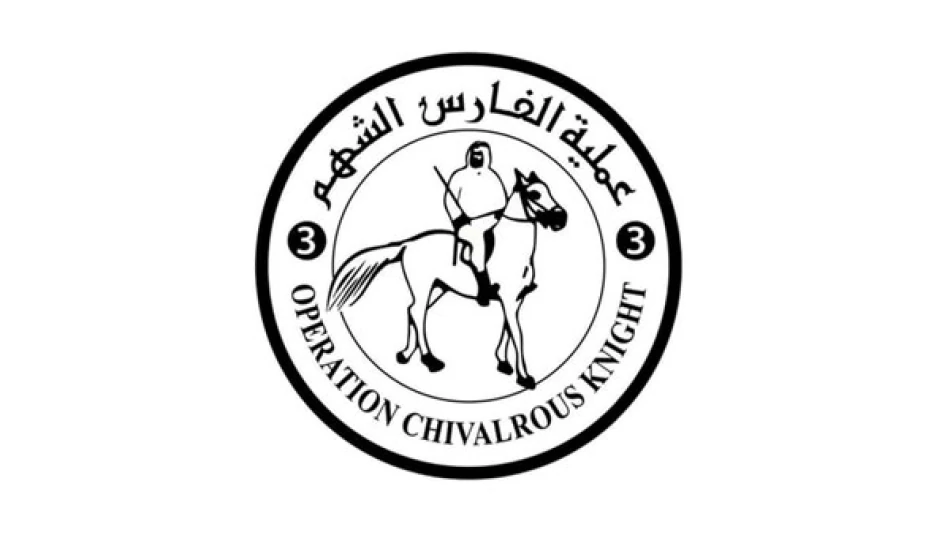
Emirates Humanitarian Aid Convoy Reaches Gaza, Delivering Critical Assistance
UAE Delivers Critical Aid to Gaza as Humanitarian Crisis Deepens
A new humanitarian convoy has reached Gaza as part of the UAE's "Chivalrous Knight 3" operation, delivering essential food supplies and relief materials to families struggling under severe shortages of basic necessities. The operation underscores the Gulf state's strategic positioning as a key humanitarian player in the Palestinian crisis, even as international aid mechanisms face mounting pressure.
Scale of Current Relief Efforts
Between July 28 and August 23, 2025, approximately 697 trucks entered Gaza carrying humanitarian and medical aid, alongside specialized equipment for the UAE pipeline project designed to ensure continuity of relief operations. This infrastructure investment signals a long-term commitment beyond immediate emergency response.
The convoy arrives as hundreds of thousands of displaced families face acute shortages of food, water, and medicine, with basic life necessities becoming increasingly scarce throughout the territory.
Strategic Implications of UAE's Humanitarian Diplomacy
Regional Leadership Through Aid
The UAE's sustained involvement through the "Chivalrous Knight" operations represents more than humanitarian goodwill—it positions Abu Dhabi as an indispensable mediator in Palestinian affairs. This approach mirrors the UAE's broader strategy of leveraging humanitarian assistance to build diplomatic influence, similar to its role in Yemen and Sudan.
Unlike traditional donor approaches that rely on established UN channels, the UAE has developed direct operational capacity, including dedicated pipeline infrastructure. This model offers greater control over aid distribution and timing, potentially making it more effective than conventional multilateral efforts.
Comparison with Regional Approaches
The UAE's systematic, infrastructure-backed aid delivery contrasts sharply with Qatar's financial transfers or Egypt's border management role. While Saudi Arabia has provided significant funding, the UAE's hands-on operational model creates deeper on-ground presence and influence.
This approach echoes successful humanitarian diplomacy seen in other contexts, where countries like Turkey used aid operations in Syria to establish political leverage and operational footholds in conflict zones.
Economic and Political Calculations
The sustained nature of these operations—now in their third iteration—suggests the UAE views Gaza aid as a strategic investment rather than temporary crisis response. The inclusion of pipeline infrastructure indicates expectations of long-term engagement, potentially positioning the UAE as a key player in any future reconstruction efforts.
For international observers, the UAE's model demonstrates how middle powers can achieve outsized influence through consistent, well-organized humanitarian operations. This could influence how other nations approach crisis response, particularly in regions where traditional Western aid faces political or logistical constraints.
Operational Sustainability Questions
While the current operation addresses immediate needs, the scale of displacement and infrastructure damage in Gaza suggests these efforts represent only a fraction of required assistance. The UAE's ability to maintain this level of engagement will likely depend on broader regional stability and international coordination.
The success of the pipeline infrastructure model could serve as a template for other crisis zones, potentially reshaping how international humanitarian assistance is delivered in complex emergencies where traditional UN mechanisms face limitations.
Most Viewed News

 Layla Al Mansoori
Layla Al Mansoori






